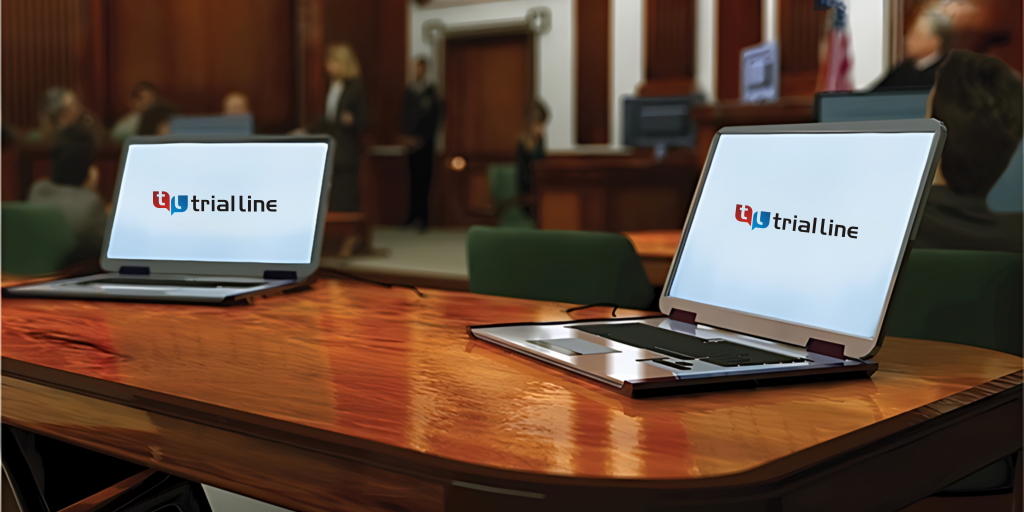How Every Lawyer Needs to Invest on Professional Trial Presentations
How Every Lawyer Needs to Invest on Professional Trial Presentations
Blog Article
The Power of Visuals in Test Presentations for a Winning Debate
The combination of visuals in test discussions has become a critical consider properly communicating complicated debates to jurors. By utilizing various types of aesthetic help-- be it diagrams, photographs, or animations-- attorneys can boost understanding and retention, inevitably shaping the jury's understanding of the instance. This strategy not only clarifies complex stories yet additionally establishes an emotional resonance that can influence decision-making. As we check out the nuances of this method, it comes to be vital to consider how particular types of visuals can make a considerable distinction in test results. What functional approaches might lawyers use to optimize this possibility?
Relevance of Visuals in Tests
In numerous legal settings, visuals play a crucial duty in improving the efficiency of trial discussions. The assimilation of visual elements can significantly influence jurors' understanding and retention of complicated info, thereby forming their understandings and decisions. Visuals, such as graphes, representations, and photos, can simplify detailed narratives, making them more obtainable and engaging.
Furthermore, the human mind procedures visual details much more efficiently than message, which underscores the relevance of integrating visuals into lawful arguments. By converting dense lawful ideas right into visual layouts, attorneys can assist in clearer communication, making certain that crucial points are not ignored throughout tests.
Furthermore, visuals serve to engage jurors on an emotional level, cultivating a link to the situation that words alone may fail to attain. The strategic usage of visuals can evoke empathy, motivating jurors to think about the human facets of the case.
Eventually, the importance of visuals in trials depends on their capacity to improve quality, improve juror interaction, and enhance the story being provided. This powerful combination is vital for crafting influential arguments that resonate with jurors and affect the end result of legal procedures.
Kinds Of Visuals to Utilize
Reliable trial presentations can considerably take advantage of a variety of visual tools that deal with various facets of the case. trial presentations. Utilizing representations and graphes can properly damage down complex information, making it much more absorbable for jurors. Flowcharts can illustrate the sequence of events, while bar graphs may succinctly compare relevant data points.

Animations and simulations can likewise play a critical role, particularly in instances entailing technical data or complex circumstances. These visuals can dynamically stand for processes or actions, supplying quality and involvement that static images may not accomplish.
Moreover, infographics incorporate message and visuals to sum up necessary info successfully. They can provide timelines, stats, and considerable situation points in a visually appealing fashion, making it less complicated for jurors to adhere to the debate.
Enhancing Understanding and Retention

Enhancing understanding and retention throughout trial presentations is crucial for making certain that jurors comprehend the vital elements of an instance. Aesthetic aids work as effective tools in this Visit This Link respect, equating complex details into easily absorbable formats. By making use of charts, diagrams, and infographics, lawyers can simplify detailed data and emphasize crucial points that might otherwise be forgotten.
Research studies have actually shown that people keep information substantially better when it exists visually. This is specifically relevant in a test setting, where jurors might be overwhelmed by the volume of proof and testimony. By purposefully incorporating visuals, attorneys can guide jurors' attention to the most critical elements of the instance, reinforcing their understanding and memory of the product presented.

Developing Engaging Discussions
Captivating jurors' focus during i was reading this test discussions is necessary for conveying a compelling story. Engaging discussions leverage visual components to produce a memorable experience that resonates with jurors. The critical use of graphics, animations, and videos can illuminate intricate information, making it a lot more accessible and relatable.

Furthermore, incorporating narration techniques can improve engagement. Providing proof in a logical series that builds psychological allure enables jurors to get in touch with the material on a personal degree. Varying discussion layouts, such as integrating brief video clip clips or interactive aspects, can additionally sustain rate of interest and focus throughout the trial.
Eventually, an interesting presentation promotes an extra extensive understanding of the case, allowing jurors to much better appreciate the disagreements being offered and leading to a more positive end result.
Study and Success Stories
Many instance studies highlight the considerable effect of visuals in test discussions, showing their ability to influence juror perceptions and eventually the results of instances. A notable case involving a personal injury claim illustrated how the use of a 3D animation of the accident scene made clear intricate information. Jurors reported really feeling even more educated and compassionate, substantially persuading their decision in favor of the plaintiff.
In another circumstances, a company lawsuits situation used infographics to present financial information and timelines, making detailed details easily accessible. The graph enabled jurors to grasp the subtleties of the situation a lot more efficiently than verbal descriptions alone. trial presentations. Therefore, the jury returned a verdict that went beyond the customer's expectations
Moreover, a criminal protection situation employed pictures and video clip evidence to develop an alibi. The engaging visuals not only aided in producing doubt yet likewise resonated psychologically with jurors, causing an acquittal. These success tales highlight the necessity of incorporating visuals into test presentations, as they boost understanding, retention, and eventually, the persuasive power of lawful arguments. The critical use of visuals is undeniably changing the landscape of trial campaigning for.
Conclusion
In conclusion, the calculated unification of visuals in test discussions significantly enhances jurors' comprehension and retention of complicated info. Involving discussions, sustained by engaging instance researches, show the extensive impact that visuals can have on persuasive communication.
Report this page